The recorder's decline: Which other instruments have lost popularity?
- Published
- comments

Did you learn to play the recorder in school? Let us know in the comments
Musical charities and schools across Europe are concerned fewer people are learning the recorder than in previous years.
You might have been taught to play the recorder in primary school as it is typically the first instrument British children learn to play but experts say it is losing its popularity.
Some people have said that is due to the coronavirus pandemic, with reduced face-to-face lessons and fears about the risk of infection from sharing musical instruments in school.
Find out which other instruments have lost popularity over the years.
The recorder's decline
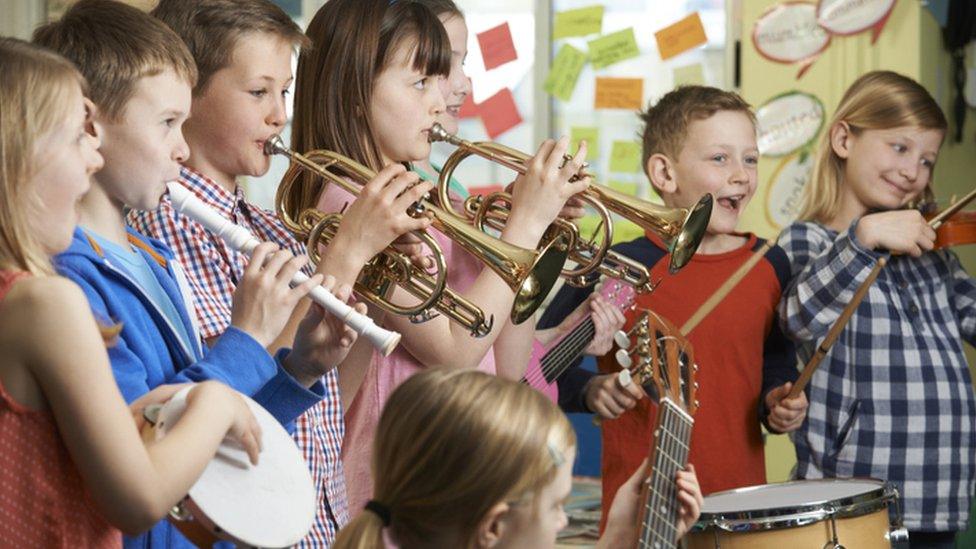
Charities say that learning the recorder in school opens children up to other musical opportunities
A top music school in the UK said it had experienced an 80% decline in young people playing the recorder.
What could be turning people off the instrument?
According to a principal at the famous Chetham's School of Music in Manchester, the coronavirus pandemic has a lot to answer for.
People were worried about spreading the infection through the air by breathing too heavily or through respiratory droplets landing on other people, from activities such as speaking, singing, exercising, coughing or sneezing.
It was bad news for sharing instruments or playing wind instruments together, because of the way they are played - to make sound you have to blow air into a hole.
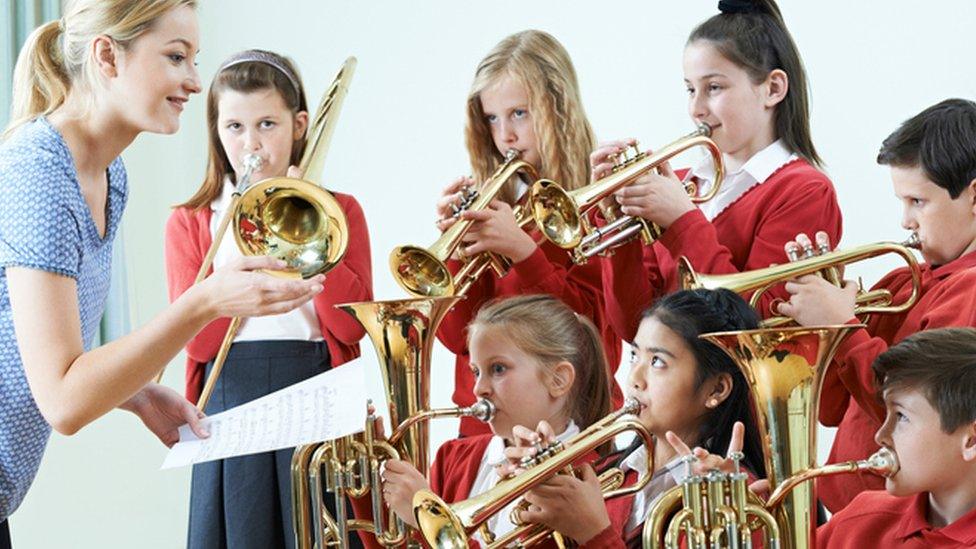
Because of the coronavirus pandemic, children had fewer opportunities to play in music groups, if they were learning an instrument
Due to social distancing measures, coronavirus also affected how many people took up the sorts of instruments that are typically played together in a school orchestra - like the recorder.
Some people chose to learn instruments that can be played on their own though, like the piano.
Across Europe, there is a plan to revive recorder playing. The ETRA, which stands for the European Recorder Teachers Association, said the instrument had a long history.
It said it had hope in a recorder revival because the recorder is quite cheap to make, compared to other instruments, and is a great way to give people access to learning music.
But which other instruments have become less popular over time, and have we ever been able to revive our lost instruments?
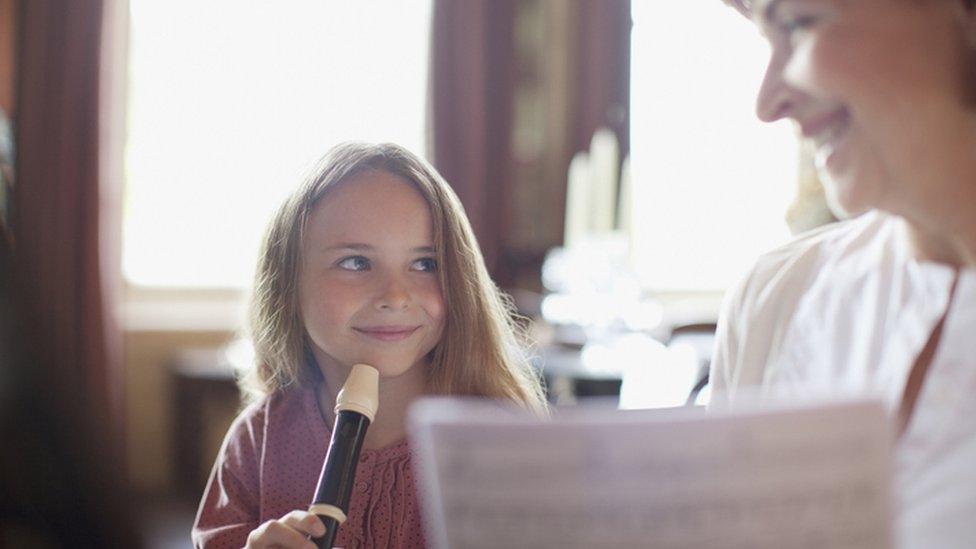
Can the recorder make a successful comeback in the classroom?
Do instruments go out of fashion?
Although some instruments can become less popular over time, they rarely disappear completely, or forever.
There have been all sorts of weird and wonderful instruments that people still enjoy playing.
However, some used to be more popular than others, for different reasons. Here's a few examples of instruments that aren't used as much anymore.
Harpsicord
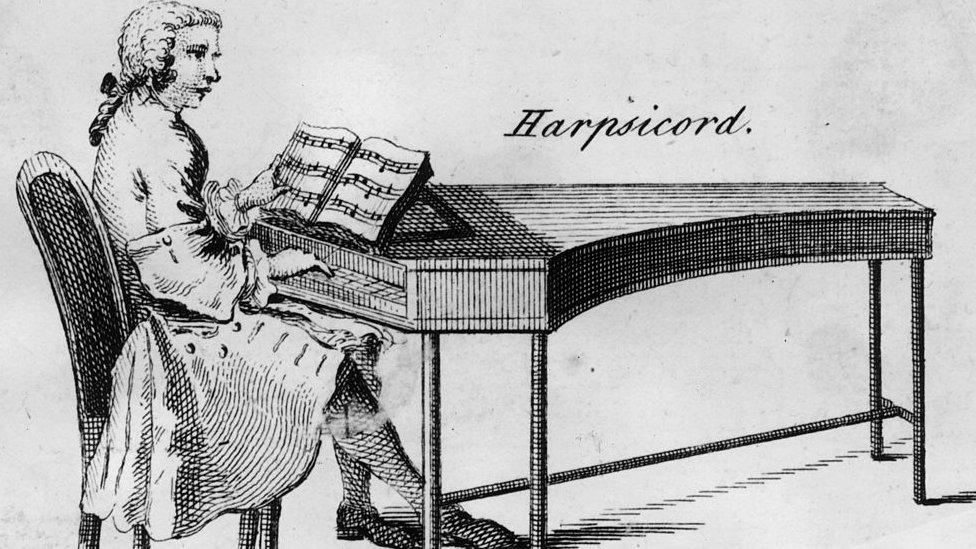
Bartolomeo Cristofori was not so impressed with the harpsicord
The harpsicord dates back to the 15th Century, and it stayed very popular throughout the 17th and 18th centuries too.
It looked a bit like a piano, and was made of a selection keys that, when pressed, plucked a string, making a noise.
But, at the start of the 18th century, a musician in Italy called Bartolomeo Cristofori developed the Piano Forte - that you might know better as the piano.
It is claimed he was frustrated by how little control musicians had over the harpsicord, due to its metal hammers, and wanted to create an instrument with more flow.
There is no clear start or end to the medieval era, but historians usually refer to it as anywhere from 500 AD to 1,500 AD.
You might also have heard this period referred to as the "middle ages".
Lute
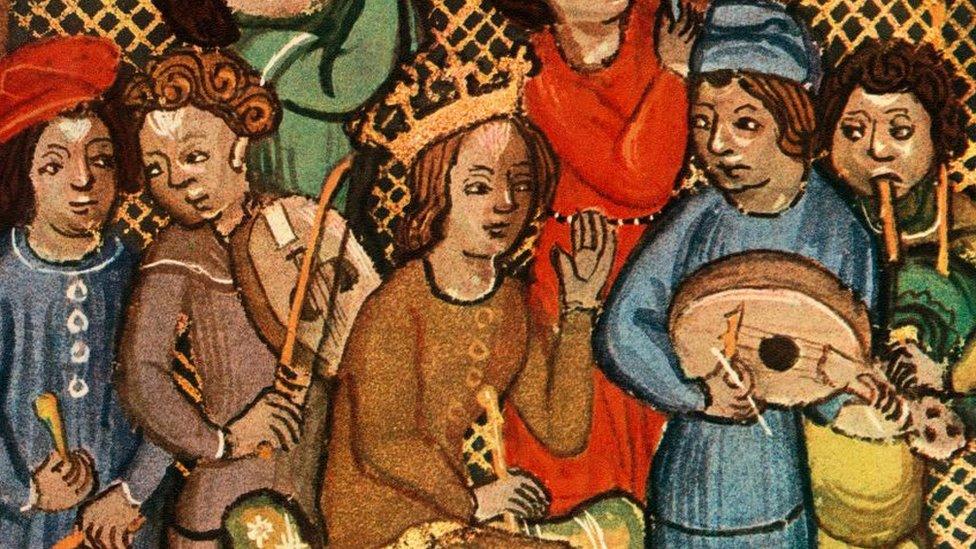
Can you spot the lute in this medieval image?
The Lute was another popular instrument in the 16th Century. It was inspired by the 'ud, or al'ud, an Arabic instrument which is still popular today and translates to "of wood" - because that is what it was made out of.
Historians believe the al'ud was brought to Europe in the 13th Century by Spanish crusading armies returning home.
The al'ud inspired the lute which became extremely popular in medieval courts. The lute had frets on its neck, to play specific notes according to Western European musical notation.
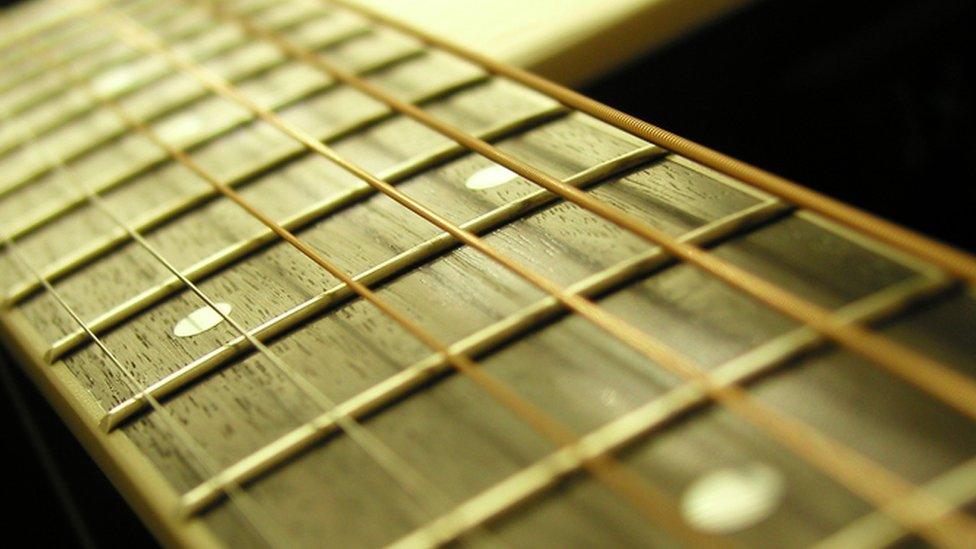
You can see frets on the neck of modern guitars - it's the name for the bars that you press between, whilst plucking a string, to make a note.
Sadly, no lutes survived from the medieval period, but there are lots of drawings of lutes and references to them in medieval texts.
Hurdy-Gurdy
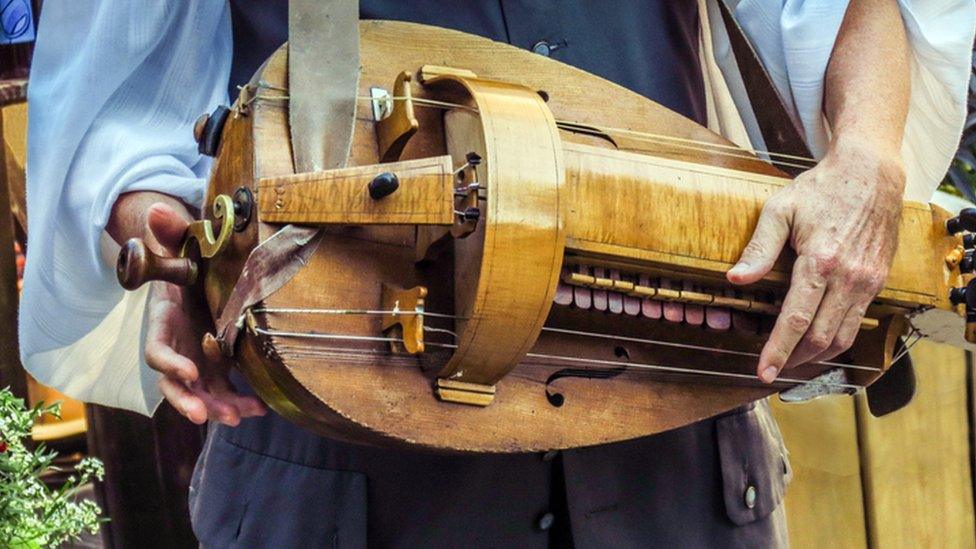
The Hurdy-Gurdy was a very popular instrument, continuing after the medieval period.
It was most popular for making long droning noises and was played in royal courts or for celebrations.
It was used across Europe - in Ukraine it is known as the Lira. In the 17th Century the Hurdy-Gurdy began to lose popularity as new musical technologies developed that were able to create more specific sounds.

Folk musicians still use the Hurdy-Gurdy today
The Hurdy-Gurdy has definitely had a revival - throughout the 20th Century it began to re-appear across Europe in modern folk music, and is still used today.
What do you think of these old instruments? Do you wish you could play them? Let us know in the comments
